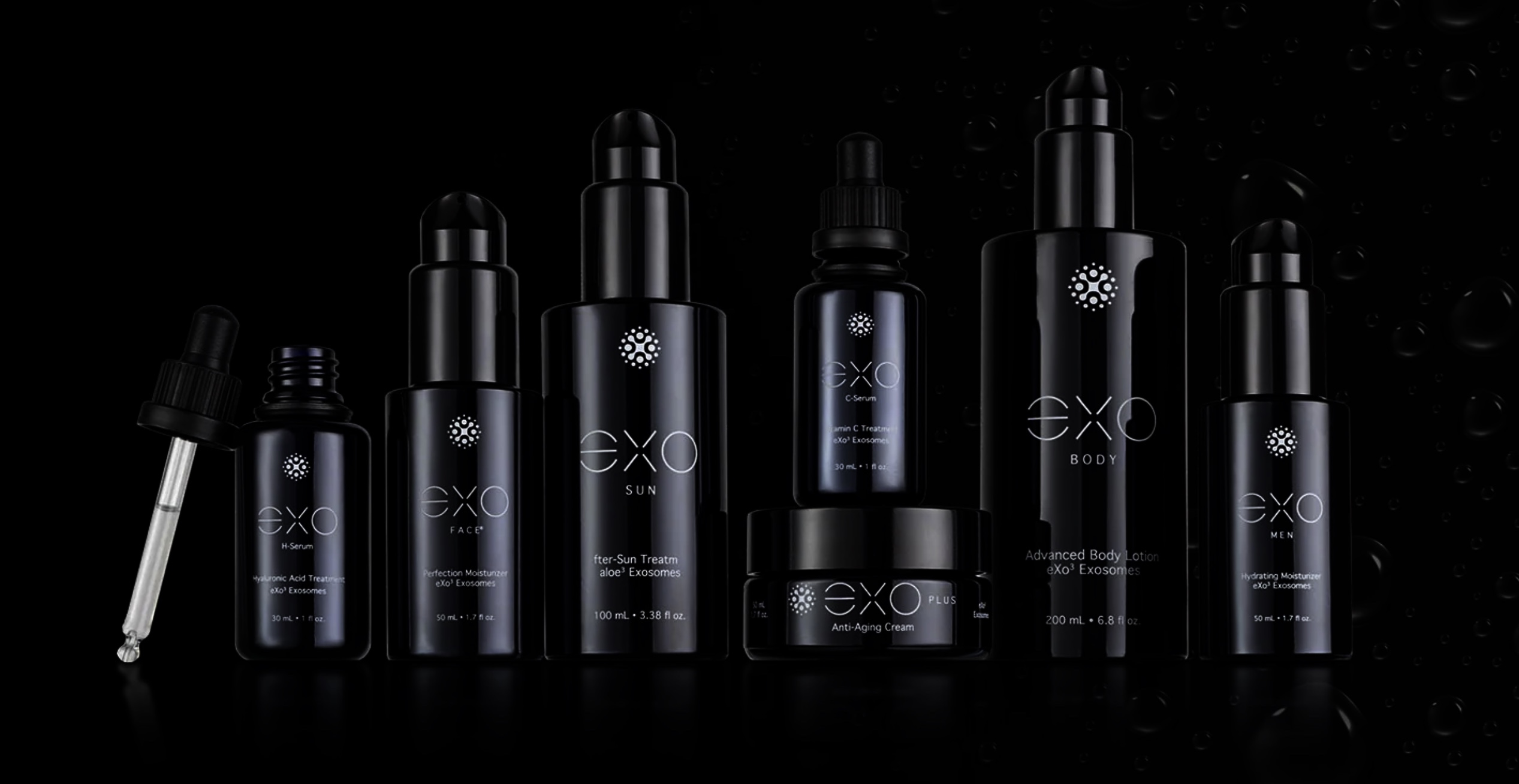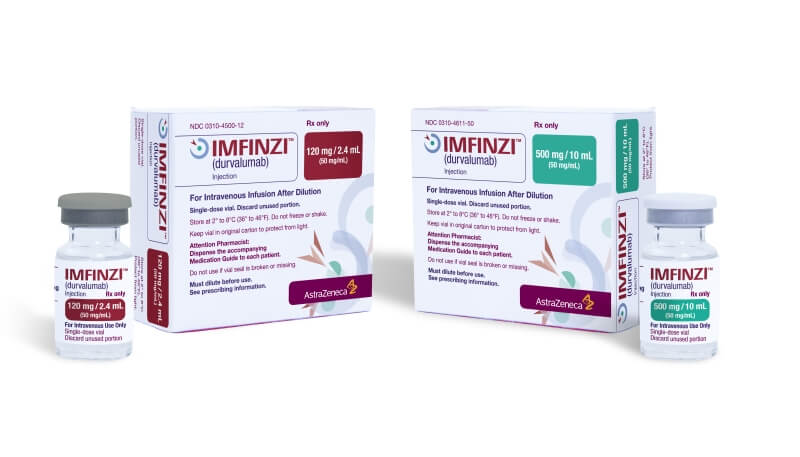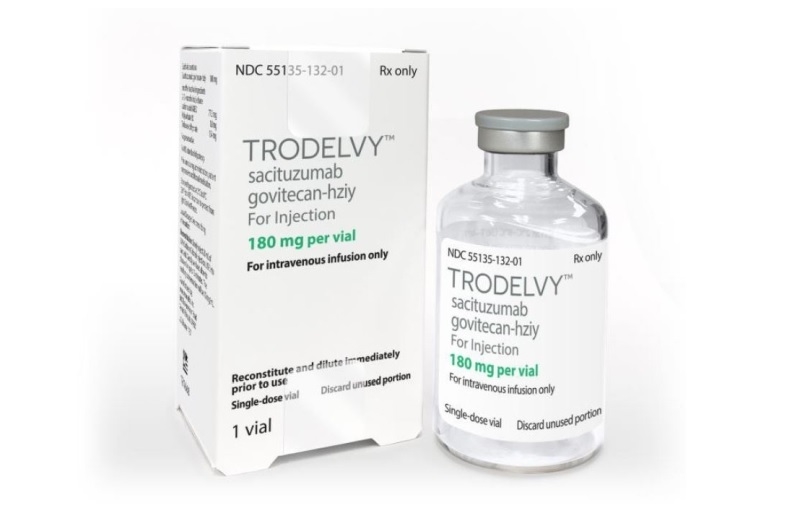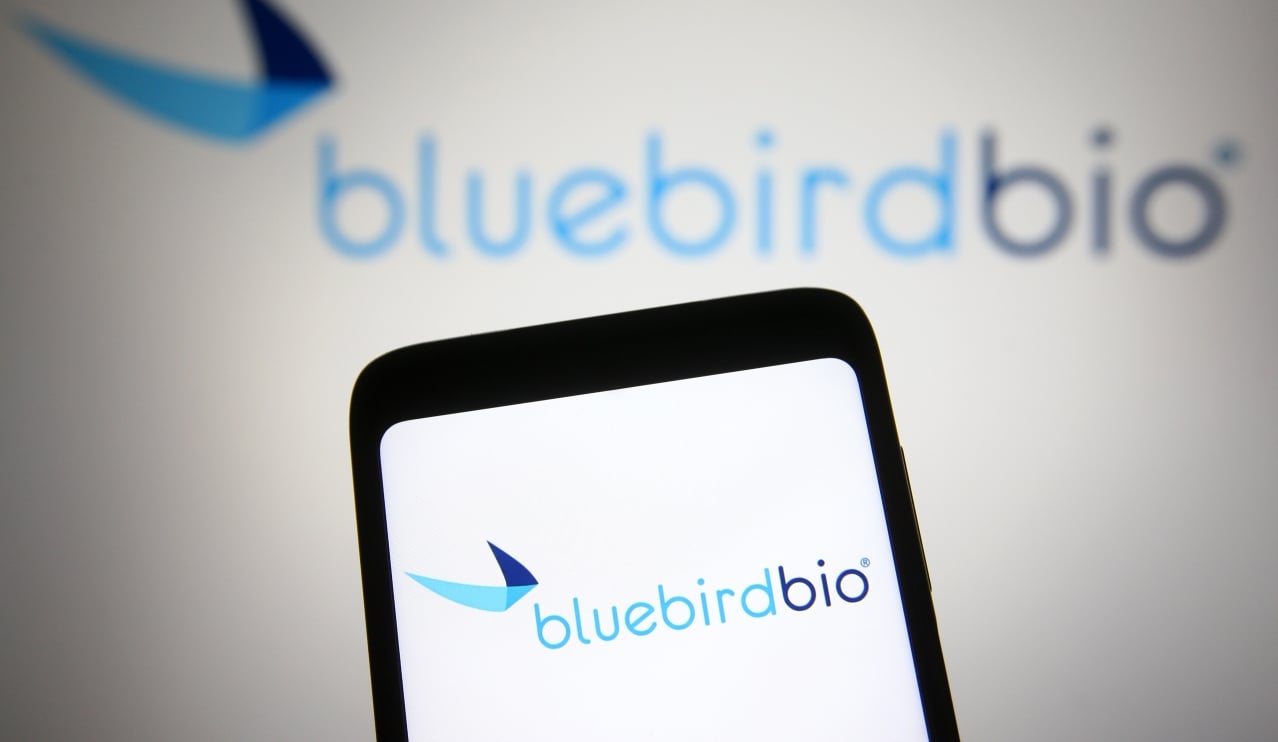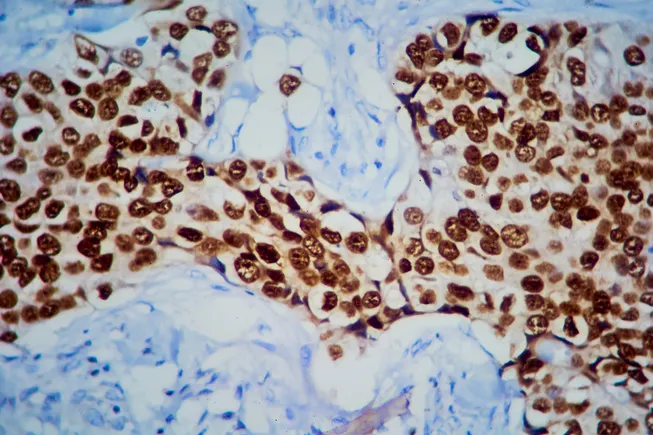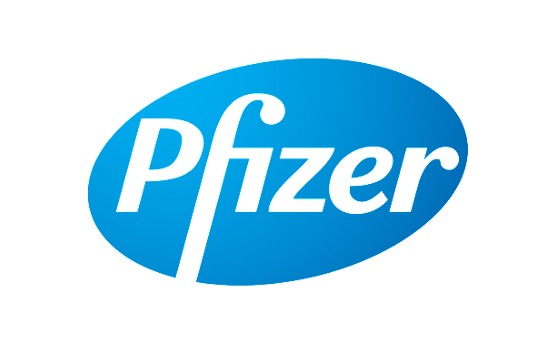Mussel‐Inspired Hemostatic Hydrogel Adhesive Formulated from a Gelatin‐Oxidized Dextrin Double Network
Advanced Healthcare Materials, EarlyView.

This study develops a mussel-inspired injectable dual-network hemostatic hydrogel (GMOD) through Schiff base crosslinking of oxidized dextran and gelatin. The hydrogel demonstrates rapid in situ gelation, exceptional wet-state tissue adhesion, and biodegradation-synchronized wound regeneration capabilities, providing an innovative biomimetic solution for minimally invasive surgical hemostasis and tissue repair.
Abstract
Hydrogels are recognized for their excellent biocompatibility and biodegradability, making them promising candidates for hemostatic materials, especially in cases of intra-abdominal bleeding or injury to vital organs. In this study, a mussel-inspired adhesive hemostatic hydrogel, GMOD, is developed, which features injectability, outstanding biocompatibility, and biodegradability. The hydrogel is synthesized through Schiff base crosslinking of oxidized dextran and gelatin, enhanced with dopamine to form a robust double network structure. This unique double network not only provides mechanical stability but also significantly enhances tissue adhesion as well as the adhesion of red blood cells and platelets, resulting in a 76% reduction in bleeding in a mouse liver hemorrhage model. Additionally, the incorporation of vascular endothelial growth factor (VEGF) into GMOD enables sustained release, promoting skin wound healing and reducing inflammatory responses in mice. In summary, a highly adhesive, injectable, and rapid hemostatic hydrogel is presented that demonstrates considerable potential for use in intra-abdominal hemostasis, leveraging the advantages of a double network structure to enhance its performance.














































